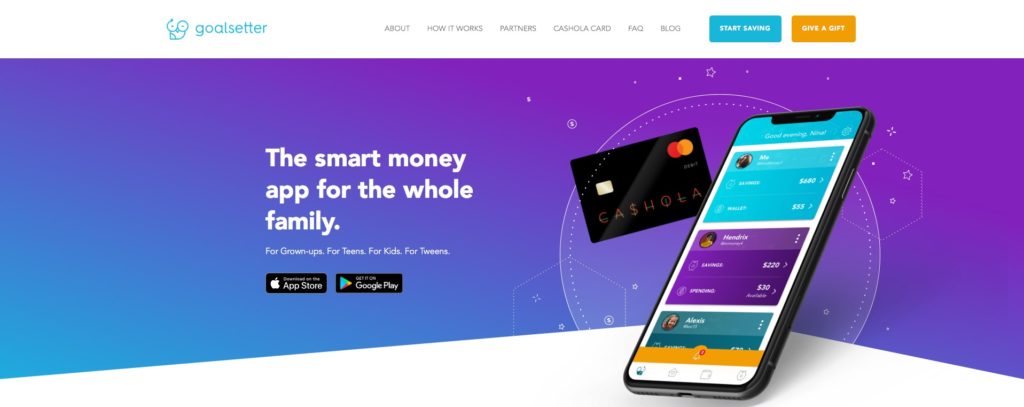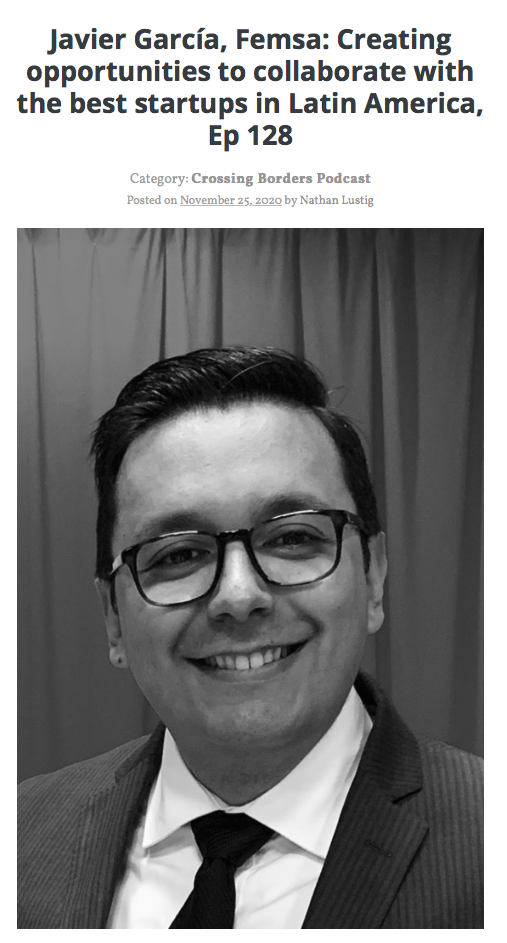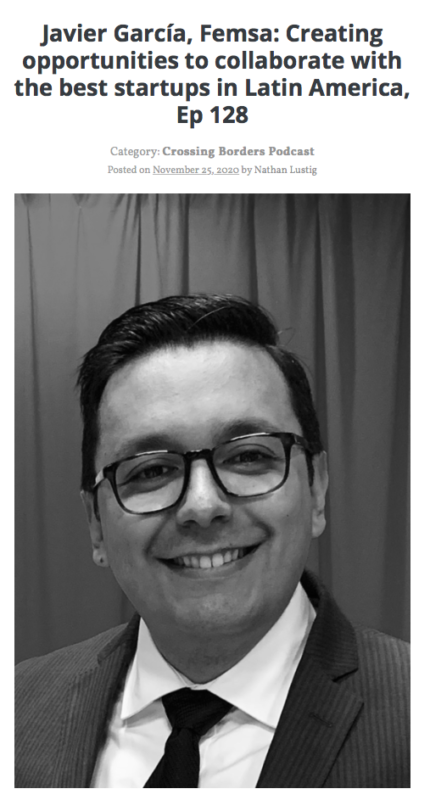
More than two years in the making, the FedNow payments initiative – launched by the U.S. Federal Reserve to accelerate payments and transfers – is picking up speed. The project currently has more than 110 banks, financial services providers, and other organizations slated to participate, and among them are ten Finovate alums.
“We’re gratified by the industry’s tremendous interest and willingness to devote time and energy to help us develop the FedNow Service,” Esther George, executive sponsor of the Federal Reserve’s payments improvement initiatives, said. George, who is also President and CEO of the Federal Reserve Bank of Kansas City, added that the pilot has had to “adjust” to accommodate greater than expected interest.
The idea behind the service is to expand the reach of instant payment services offered by financial institutions and enable businesses and individuals to send and receive instant payments, with full access to their funds within seconds. The FedNow Service will leverage the Federal Reserve’s FedLine network, which connects to more than 10,000 financial institutions directly or via their agents.
The pilot program is designed to review the technology’s features and functionality, assess the user experience, and greenlight the product for further testing and eventual general availability. Participating institutions will be retained, post-launch, to provide additional review and advice with regard to issues like adoption roadmap, industry readiness, and overall payments strategy.
“The FedNow Service marks a turning point in the industry’s move to making real-time payments a reality,” Booshan Rengachari, founder and CEO of Finzly, explained. Finzly is one of Finovate’s newest alums – most recently demoing its technology at FinovateWest Digital last fall – and is one of the participants in FedNow’s pilot program.
Rengachari further suggested that this “turning point” was a moment his company had anticipated. “We created our Payment Hub specifically to help FIs prepare and go to market faster with newer RTP networks,” he said. Finzly’s CEO added that this helps “address the challenges of offering single payment API for multiple payment networks without having to run disparate payment systems from multiple vendors.”
The 10 Finovate alums participating in the FedNow project are listed below.
- ACI Worldwide – demo – news
- Capital One – demo – news
- Citi – demo – news
- FIS – demo – news
- Finastra – (as Misys) demo – news
- Finzly – demo – news
- Fiserv – demo – news
- Green Dot Bank – demo – news
- Jack Henry & Associates – demo – news
- Temenos – demo – news
Photo by Inge Wallumrød from Pexels

























